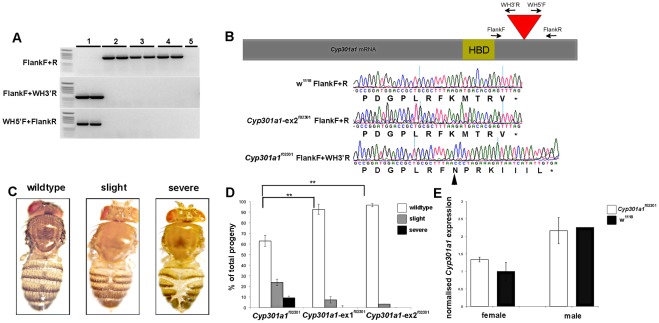Figure 3. Characterisation of the Cyp301a1 f02301 piggyBac insertion strain.
(A) PCR screen for the presence or absence of the piggyBac element in the Cyp301a1f02301 and excised (Cyp301a1-ex f02301 lines). There is no amplification of WH5′/3′ primers from lines without the piggyBac element. 1 = Cyp301a1f02301, 2 = w118, 3 = Cyp301a1-ex1f02301, 4 = Cyp301a1ex-2f02301, 5 = negative control) (B) Scheme of the Cyp301a1 mRNA sequence indicating the position of the piggyBac element in the Cyp301a1 gene (red triangle) just following the heme binding domain (HBD). The primers used for screening of the piggyBac insert are represented on the scheme. Below, chromatograms showing the base changes in the Cyp301a1f02301 strain (bases following black arrowhead) due to the piggyBac insertion compared to the w1118 background strain and excised lines. (C) The cuticle phenotype observed in the Cyp301a1 f02301 strain was divided into three categories based on phenotypic severity. (D) Quantification of the proportion of flies emerging from the Cyp301a1f02301 and Cyp301a1-excised f02301 lines according to the categories outlined in (C). **p<0.01 (E) Quantitative RT-PCR analysis of Cyp301a1 mRNA levels in Cyp301a1 f02301 and w1118 adult flies (collected at eclosion). Values are relative to RPL11.

